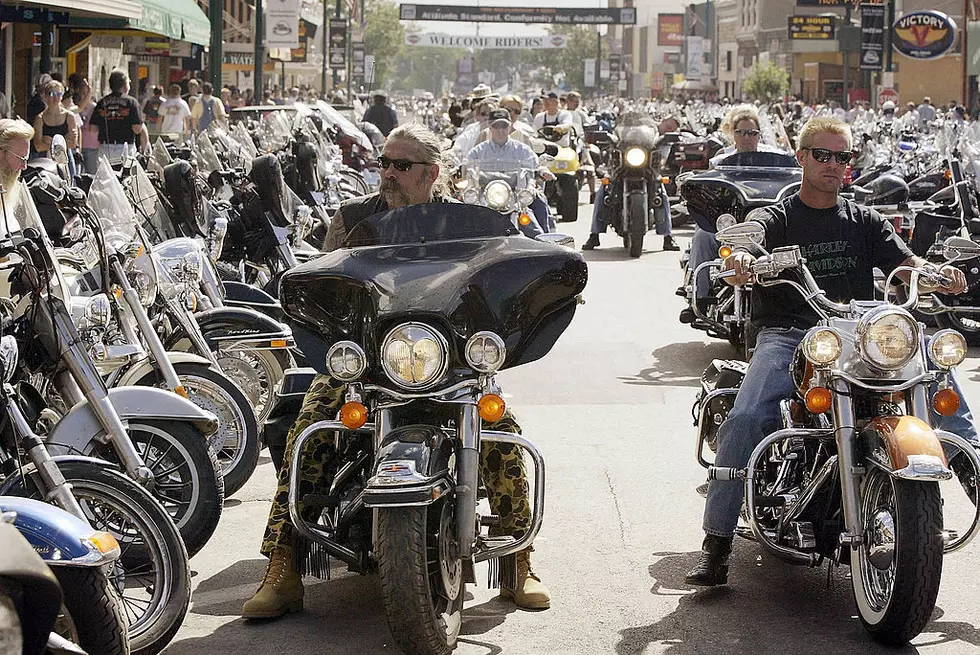
The Massacre at Wounded Knee
One hundred twenty-four years ago as many as 300 men, women and children of the Lakota Indian tribe were killed during the Wounded Knee Massacre in South Dakota. On the previous day, Major Samuel M. Whiteside, commanding a detachment of the U.S. 7th Cavalry, captured Spotted Elk’s Miniconjou and Hunkpapa Lakota’s near Porcupine Butte and took them to Wounded Knee Creek in South Dakota where they set up camp for the night. Soon after, Colonel James W. Forsyth arrived with the remaining regiment of the 7th Cavalry and surrounded the camp.
Disarming the Lakota
The plan was for soldiers to enter the camp and disarm the Lakota but things didn’t go exactly as planned. One of the Lakota, Black Coyote, refused to give up the weapon he’s paid a lot for. Unbeknownst to the soldier, Black Coyote was deaf and didn’t fully understand what was being asked of him.
Lighting The Fuse
During the scuffle for Black Coyote’s rifle, a shot was fired. That was the same as lighting a fuse. The 7th Calvary opened fire, killing not only the Lakota, but also killing and wounding some of their own troops in the crossfire. Thirty-nine soldiers were wounded, six of those would die later, and 25 soldiers were killed outright during the massacre.
Some of the Lakota who still had their weapons tried to returned fire but were quickly wounded or killed. Those who escaped unarmed on foot were ridden down and killed.
American Horse (1840-1908); Chief, Oglala Lakota
“There was a woman with an infant in her arms who was killed as she almost touched the flag of truce ... A mother was shot down with her infant; the child not knowing that its mother was dead was still nursing ... The women as they were fleeing with their babies were killed together, shot right through ... and after most all of them had been killed a cry was made that all those who were not killed or wounded should come forth and they would be safe. Little boys ... came out of their places of refuge, and as soon as they came in sight a number of soldiers surrounded them and butchered them there."
Medals of Honor
The Massacre at Wounded Knee resulted in the awarding of 20 Medals of Honor to participating soldiers. That was 17 more than the 64,000 South Dakota soldiers earned in the four years of World War II.
The National Congress of American Indians condemned these awards and requested that the US Government rescind them. Apparently one didn’t have to do much to earn a Congressional Medal of Honor in those days. Medals were awarded for chasing down the tribesmen who were trying to escape or hide. One medal-winning soldier showed “conspicuous bravery” for recovering a stampeded pack mule and returning it to camp. As of this writing the medals are still in place.
Some Final Thoughts
War is hell. And in war hellish things happen. In hindsight we can find no possible excuse for such intolerable cruelty to one’s fellow man. The slaughter of innocent men, women and children is hard to cover with a blanket of “acceptable causalities.”
This was not the first atrocity of war and unfortunately will most surely not be the last. All we can do is learn by example of what society will accept or condemn.
In 1973, members of the American Indian Movement occupied the massacre site from today’s date until May of that same year. A National Historic Landmark has been established at the site of the massacre.
More From KMMS-KPRK 1450 AM




![[POLL] Will You Got Back to Restaurants and Bars When They Open?](http://townsquare.media/site/8/files/2017/04/Adam-Berry.jpg?w=980&q=75)
![[POLL] Should wearing a mask in public be mandatory?](http://townsquare.media/site/8/files/2020/04/GettyImages-1213079528.jpg?w=980&q=75)
![[POLL] Will You Tune Into The Tom and Shane Saturday Show?](http://townsquare.media/site/8/files/2020/04/TomShaneFB.jpg?w=980&q=75)

![[POLL] Will The Tourists Return To Montana?](http://townsquare.media/site/119/files/2019/04/Tourism-1.jpg?w=980&q=75)
